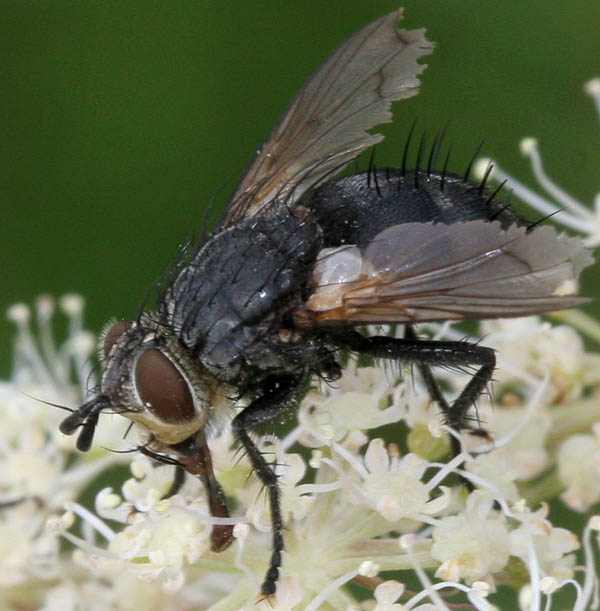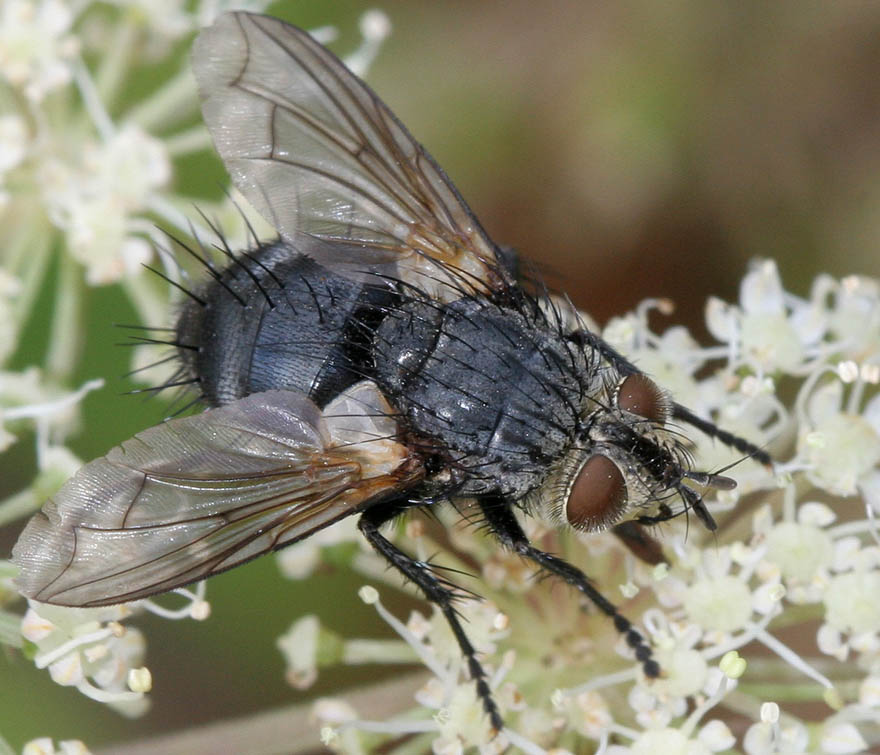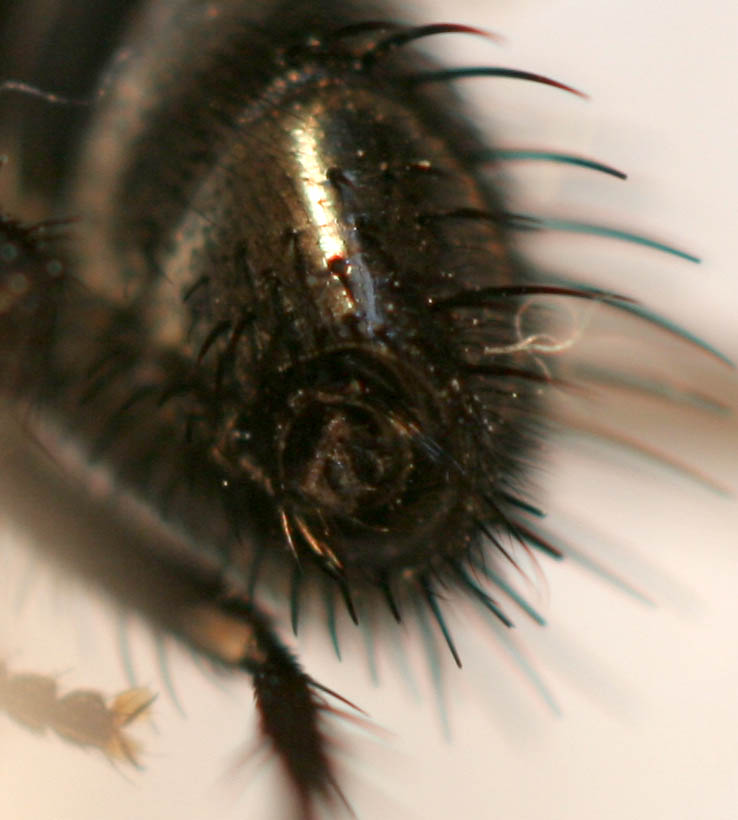Diptera.info :: Identification queries :: Diptera (adults)
Who is here? 1 guest(s)
|
Eurithia anthophila ?
|
|
| Nikita Vikhrev |
Posted on 25-08-2006 21:34
|
|
Member Location: Moscow, Russia Posts: 9423 Joined: 24.05.05 |
Moscow region, 25 aug, 10mm. Please, do not tell me that I'm completely wrong, I spend 2,5 hours keying this fly! Nikita Vikhrev attached the following image:  [61.56Kb] Nikita Vikhrev - Zool Museum of Moscow University |
|
|
|
| Nikita Vikhrev |
Posted on 25-08-2006 21:42
|
|
Member Location: Moscow, Russia Posts: 9423 Joined: 24.05.05 |
one more image
Nikita Vikhrev attached the following image:  [104.27Kb] Nikita Vikhrev - Zool Museum of Moscow University |
|
|
|
| ChrisR |
Posted on 25-08-2006 21:43
|
|
Super Administrator Location: Reading, England Posts: 7703 Joined: 12.07.04 |
I'd be happy to say Eurithia sp. but I'm not sure I'd commit to anthophila.  |
| Nikita Vikhrev |
Posted on 25-08-2006 22:03
|
|
Member Location: Moscow, Russia Posts: 9423 Joined: 24.05.05 |
Eurithia sp. is enought for me! In old and very unfriendly key for European Russia systematic inside Ernestiini is completely wrong, so for fine searching genus I used Diptera of Far East. Inside genus E. anthophila - tergit V not dusted in contrast with III and IV, which I think correct for my fly. Thank you Chris, Nikita. Nikita Vikhrev - Zool Museum of Moscow University |
|
|
|
| ChrisR |
Posted on 25-08-2006 22:47
|
|
Super Administrator Location: Reading, England Posts: 7703 Joined: 12.07.04 |
Yeah, I never liked that tergite dusting characteristic anyway - I prefer to just take males and ID them on their huge genitalia!  |
| Zeegers |
Posted on 26-08-2006 08:42
|
|
Member Location: Soest, NL Posts: 18917 Joined: 21.07.04 |
As far as I can tell, it is not anthophila. There is greyish dusting on tergite 5, as fas as one can see. The vertex is very narrow for a female, since this is a female. So Eu. connivens (which should be common near Moscow) is more likely. Still a guess. And also the female genitalia are very distinctive. The European Russian key by Zimin is maybe not in error, however, Zimin had a different concept of genera. This has not been followed since. However, Zimin should be honored for, as far as I know, being the first to thoroughly use both male and female genitalia in Ernestiini. Theo Zeegers |
|
|
|
| Nikita Vikhrev |
Posted on 26-08-2006 14:15
|
|
Member Location: Moscow, Russia Posts: 9423 Joined: 24.05.05 |
Thank you Theo. But if we regard tergit 5 as dusted it lead me to E. consorbina - 3 + 4 dc (not 3+3 as connivens), palp apicaly brown-yellowish (not all black as connivens). Correct? Nikita Vikhrev - Zool Museum of Moscow University |
|
|
|
| Nikita Vikhrev |
Posted on 26-08-2006 14:27
|
|
Member Location: Moscow, Russia Posts: 9423 Joined: 24.05.05 |
May be this image helps to ID species?
Nikita Vikhrev attached the following image:  [60.42Kb] Nikita Vikhrev - Zool Museum of Moscow University |
|
|
|
| Zeegers |
Posted on 26-08-2006 14:33
|
|
Member Location: Soest, NL Posts: 18917 Joined: 21.07.04 |
Well -1) The way I understand the picture the palpi are very black. Best seen in first pic. -2) There is something peculiar about the post DC. In the second pic, you can see the specimen is asymmetrical: it has clearly 3+3 DC on the left side (right side in pic), however, on the other side there seem to be DC 3+4. So, we (at least I) need to see the genitalia to improve my opinion. Theo |
|
|
|
| Nikita Vikhrev |
Posted on 26-08-2006 15:10
|
|
Member Location: Moscow, Russia Posts: 9423 Joined: 24.05.05 |
Theo, this time first image, second image and collected fly are 3 different individuals (at least well may be). 1-st: dc difficult to say for me, but palps look brownish in apical part; 2-nd: dc asymmetrical, but side 3+3 has small hair on place of 2-nd postsutural dc. collected - palps as I discribed, dc 3+4, but both dc of 2-nd postsutural pair is clearly more week than the rest postsutural dc. Nikita Nikita Vikhrev - Zool Museum of Moscow University |
|
|
|
| Jump to Forum: |














